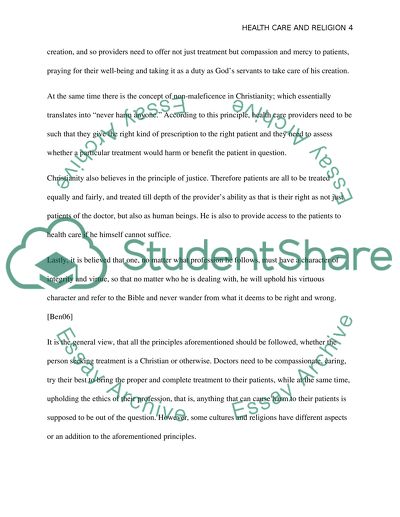Cite this document
(“Spirituality Essay Example | Topics and Well Written Essays - 1250 words - 2”, n.d.)
Retrieved from https://studentshare.org/nursing/1600164-spirituality
Retrieved from https://studentshare.org/nursing/1600164-spirituality
(Spirituality Essay Example | Topics and Well Written Essays - 1250 Words - 2)
https://studentshare.org/nursing/1600164-spirituality.
https://studentshare.org/nursing/1600164-spirituality.
“Spirituality Essay Example | Topics and Well Written Essays - 1250 Words - 2”, n.d. https://studentshare.org/nursing/1600164-spirituality.


